In Kamakura Gozan is Jochi-Ji, a historical temple with a solemn atmosphere. There are many attractions including the only Chinese-style bell tower in Kamakura and the Shoin, which is characterized by its rustic roof construction. The precincts are designated as historical sites in the country, and are best taken in at a slow and easy pace.
About Jochi-ji Temple
It was founded in the 4th year of the Koan (Kamakura) Period (1281) for the ruler Munemasa, the third son of Hojo Tokiri, to achieve enlightenment in the fourth temple of Kamakura Gozan. At its peak, it belonged to the Rinsei sect of the Enkakuji school, and is said to have possessed seven halls representing the ideal Buddhist temple compound, and 11 tower heads.
The approach is surrounded by cedar trees and the Kamakura stone staircase gives the temple a historical feel. In the pond in front of the main gate, there is a steeply arched bridge, and next to it, the “Kanro No I”, which is one of Kamakura's ten wells that offers visitors pure water. The valleys surrounding the mountain on three sides are designated as national historical sites. It was liked by cultural icons of the early Showa era, and the film director Ozu Yasujiro and Japanese artist Ogura Yuki lived there.
Highlights of Jochi-ji Temple
The bell tower, which is located just above Kamakura Ishi no Sando, doubles as a rare Chinese-style bell tower. Is hanging. On the first floor there is a mountain gate, and on the second floor is a flower shaped window with the bell hanging behind.
At the back and to the right of the gate is the Main Hall called Donge-den, where the wooden statues of the Buddhas of the Three Ages, the Temple’s Principle Dieties are enshrined. It was created during the Muromachi period, and depicts the Amida-nyorai, Shaka-nyorai and Miroku-nyorai from left to right, indicating the past, present and future. All three Nyorai have long bases on the hem of their robes, and they are said to represent the characteristics of the Kamakura Period Buddha.
In addition, in the cave behind the temple grounds there is a statue of the Bodai (better known as the “Laughing Buddha”), one of the Seven Gods of Good Fortune of Kamakura and Enoshima. It is said that it has a benefit of bringing wealth and happiness, and that those who touch the statue’s stomach will have good luck.
Seasonal Flowers of Jochi-ji Temple
Seasonal flowers are also must see, such as the Shaga (Iris japonica) with white petals that bloom along the approach from late April to early May, and the Robai (Wintergreen) that blooms from late December to late January and has a sweet smell.
Spot Information
- Spot name: Jochi-ji Temple
- Street Address: 1402 Yamanouchi, Kamakura City
- Access: About 8 minutes on foot from JR Kita-Kamakura Station
- Ticket: 200 yen
- Business Hours: 9:00 to 16:30
- Closing days: none
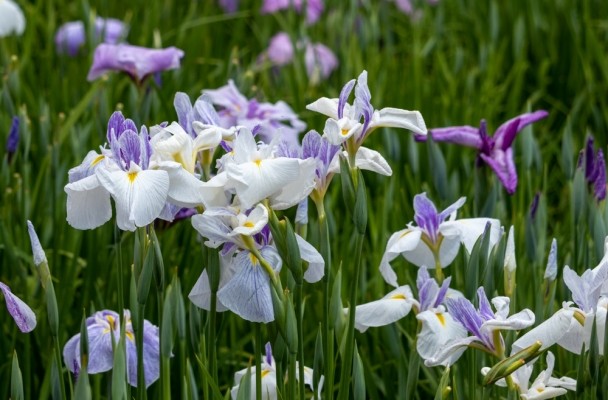

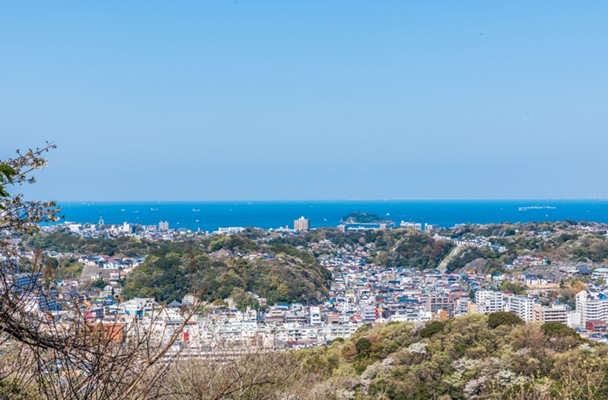
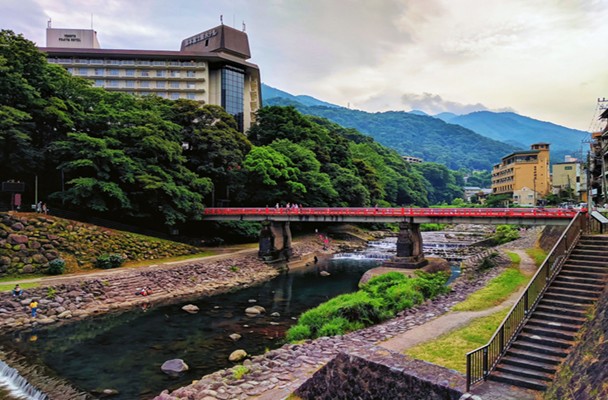
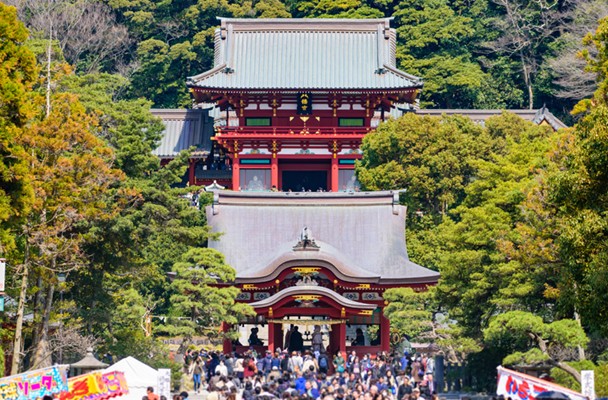
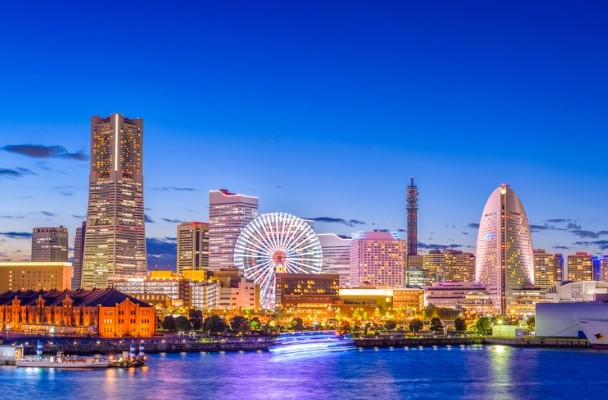
Comments